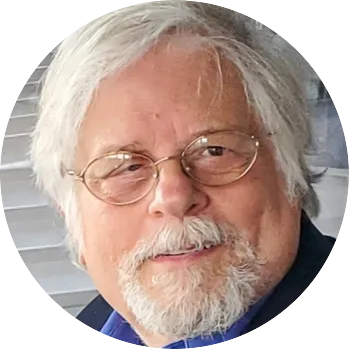NCAR to install new supercomputer in Wyoming
BOULDER — A second, more powerful supercomputer to help scientists better understand weather and climate change will be installed this year at the National Center for Atmospheric Research’s Wyoming Supercomputing Center in Cheyenne, the Boulder-based center announced Monday.
San Jose, Calif.-based Silicon Graphics International Corp. (Nasdaq: SGI) was selected by Boulder-based NCAR to build the new machine, named Cheyenne, in conjunction with centralized file system and data-storage components provided by Santa Clara, Calif.-based DataDirect Networks, reported to be the world’s largest privately held information-storage company.
The supercomputer, expected to become operational in early 2017, will help scientists lay the groundwork for improved…
THIS ARTICLE IS FOR SUBSCRIBERS ONLY
Continue reading for less than $3 per week!
Get a month of award-winning local business news, trends and insights
Access award-winning content today!

